Hairdressers would describe my hair as “oily and fine”. That’s polite speak for “greasy and thin”. I could once get away with washing it every second day, but in the past few years, this had crept up to a daily requirement. This is annoying for several reasons, mainly because of the time it takes. It got to the point where I didn’t feel I could leave the house without washing my hair, which meant having a shower, drying it and all the rest. Between young children and work, I didn’t always have time.
So I decided to try hair training. This involves washing your hair less often so your scalp adapts and eventually produce less oil. Wash your hair less, and it will need to be washed less. That’s the theory anyway. Professionals are conflicted on whether hair training actually works, but there were enough faceless strangers on the internet promising me more free time that I decided to give it a go.
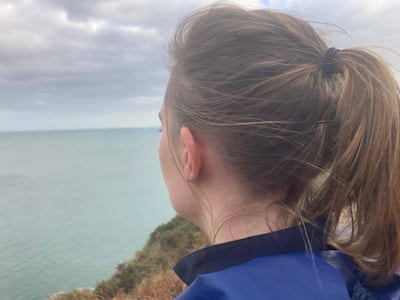
I started in early November. I was on a strict deadline to get my next novel to my publishers by mid-December, which meant zero social life. It was the perfect time to give myself over to grease. I pledged seven weeks to the process. If it didn’t work, I could slink back to daily washing in time for Christmas party season.
For that period, I went from washing my hair daily to twice a week.
READ MORE
I posted what I was doing on Instagram, and couldn’t believe how many people had already tried it. Now I know what everyone was doing during lockdown. I got a lot of additional advice from the oily-haired brethren and decided to try those tips too. For seven weeks, I would throw the kitchen sink at the problem (only metaphorically of course, water was now my nemesis).
Here’s how it went.
Double shampooing
Several people advised shampooing my hair twice instead of the standard once. My hairdresser said the same, explaining that the first wash removes daily dirt, while the second really cleans the hair. Alas, I found the impact negligible. My hair did feel cleaner, but also drier. It might have been a little less greasy on day two, but not much.
I also went from conditioning my ends after every wash to conditioning them once a week. I saw a slight improvement from this and was surprised that I didn’t experience more breakage.
Using specific shampoos
I was recommended several “balancing” shampoos aimed at oily roots and dry ends. First up was Kérastase Specifique Bain Divalent (€23, 250ml). While it did “balance” my hair, it wasn’t in the way I wanted. Instead of making my roots drier, it made my ends greasier. And it was expensive.
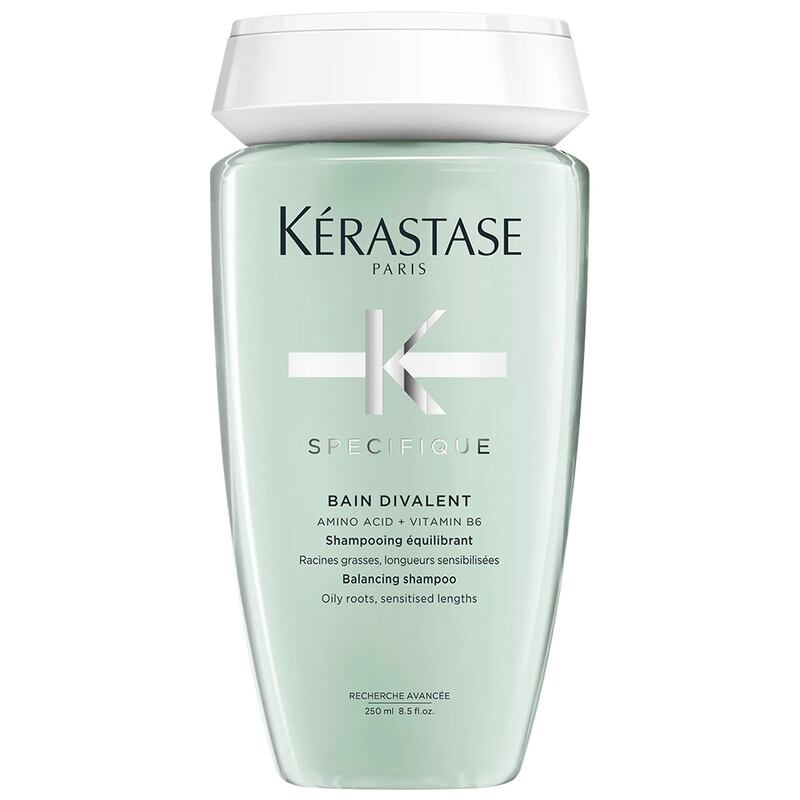
I also tried L’Oréal Elvive Extraordinary Clay (€6, 400ml), which didn’t make any difference that I could see.
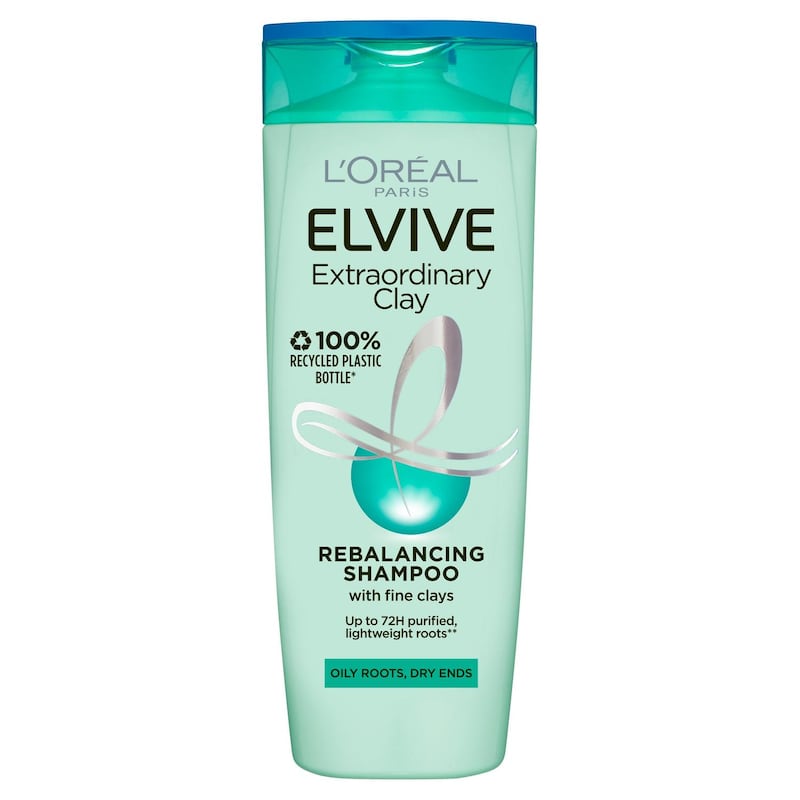
Lastly, I tried Nioxin (€22, 300ml). While this brand is technically for thin rather than oily hair, my hairdresser insisted it creates a healthy scalp, and that all hair health depends on that. While it didn’t improve the oil issue, I have seen more growth around my hairline, which is always welcome.
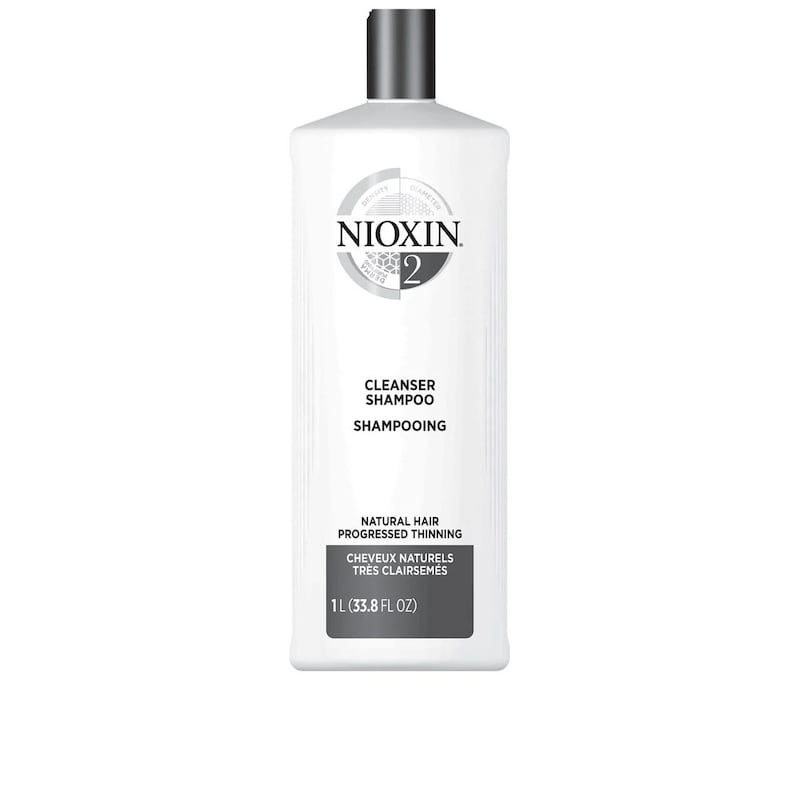
The biggest impact actually came from switching it up — whenever I changed to a new shampoo, the first wash with that product was always the best.
Dry shampoo on freshly washed hair
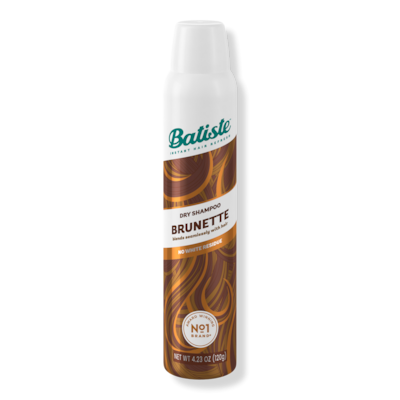
This was the game-changer. I, like most people, always used dry shampoo on greasy hair. If I couldn’t fit in my daily hair wash, I’d call up the aerosol. It wasn’t a perfect substitute though, as it didn’t last as long as a wash and often came with scalp flaking. But Vicki Notaro, former editor of Stellar magazine and general beauty aficionado, advised me to use dry shampoo right after washing and blow-drying my hair.
I was sceptical about spraying perfectly clean hair with the stuff, but gave it a go, opting for Batiste Brunette (€5.49, 200ml) to avoid the white powdery residue that most dry shampoos can leave. The effect was incredible. With this tip alone, I was getting a full second day out of my wash. I could also get away with a third day if I tied it up. Spraying it onto a clean scalp meant there wasn’t any itching or flaking either.
Styling
Several oily-haired sisters were adamant that air-drying results in greasier hair. They were absolutely right. Blow-drying my hair definitely helped it to last longer than allowing it to dry naturally. I also tried brushing more often, the thinking being that it distributes the oil more evenly. This seemed to hold true. It didn’t make a shampoo last longer, but it did balance the difference between oily roots and dry ends to give a more even texture.
Hair training
All the other “hacks” were distractions from the main show, which was washing my hair with a quarter of the frequency that I used to. The first few weeks were grim. Not only was I living with strands so oily it looked like I had dyed them several shades darker, but my scalp was protesting the sudden change. For three weeks it was itchy and flaky — dandruff was a new concern I could add to the list. My hair was constantly slicked back into a bun. I took to wearing a hat for creche pick-ups.
By week four, my scalp returned to normal. I worried I had blocked the hair follicles but my hairdresser could see no signs of damage. However, I still couldn’t discern any improvement in oil levels. Then, around week six, things improved. I could get two decent days out of a wash. By late afternoon on that second day, it needed to be tied up but it was a marked improvement.
The verdict
Maybe I could have stretched the time between washes further had I persevered, but it was December, a month for socialising, and I wasn’t quite sure I could pass it off as a “wet” look. Still, I got about half a day extra out of it which, given that I was starting from a very low base, was decent.
Some people have amazing results with hair training. For many, learning to care less is a factor. You go a month-and-a-half with very greasy hair and suddenly a little oil at the roots doesn’t seem so bad.
Dry shampoo on clean hair was the real revelation, though. Not only did a wash last longer, but my hair seemed fuller and more textured. I’ll be doing that forever more.
When the experiment was over, I celebrated by going to the hairdresser and, in a single afternoon, undid all my good work. I did the one thing that every thin-haired woman knows is an impossibility if you’re aiming for oil-free hair. Reader, I got a fringe.













